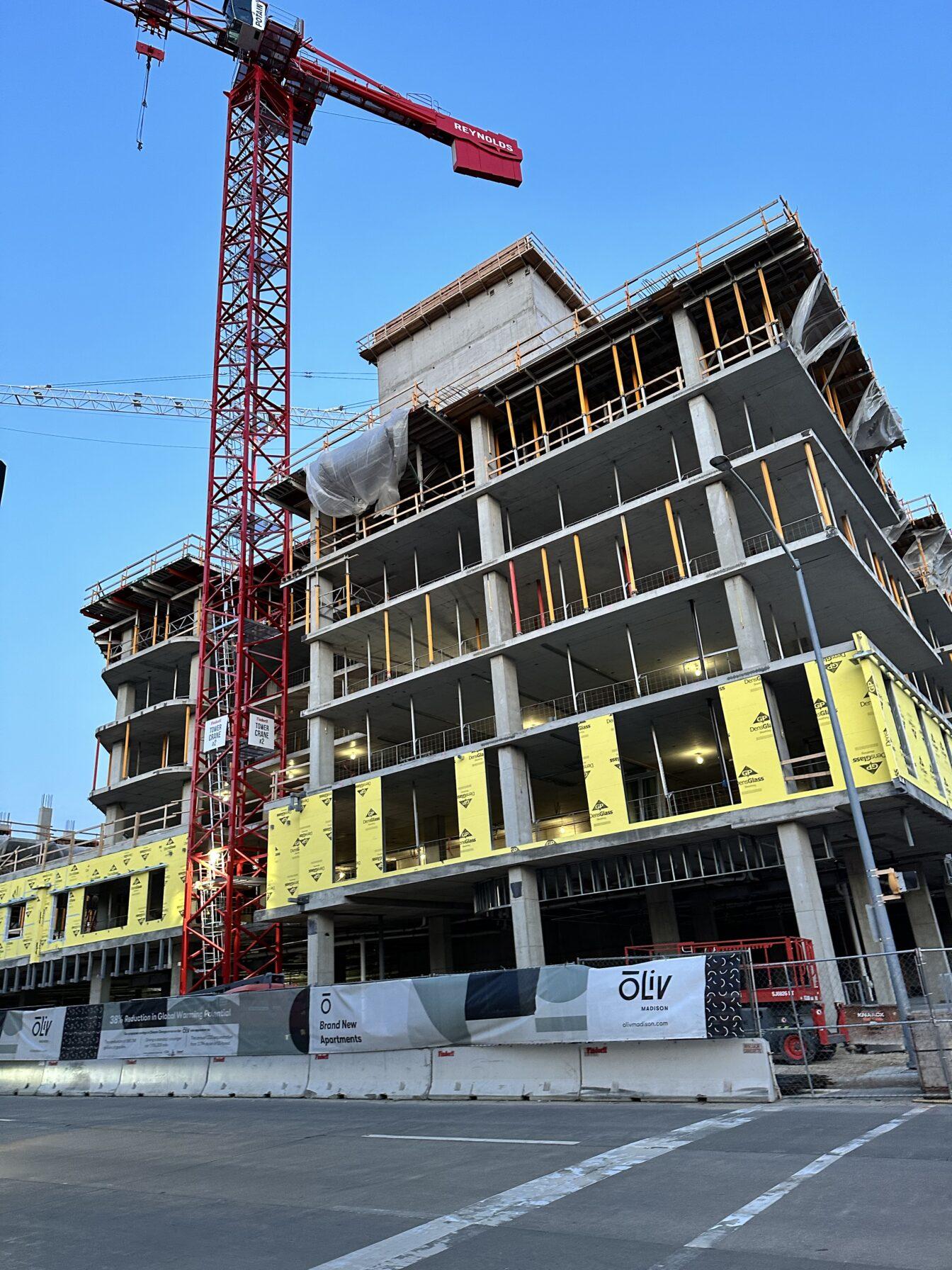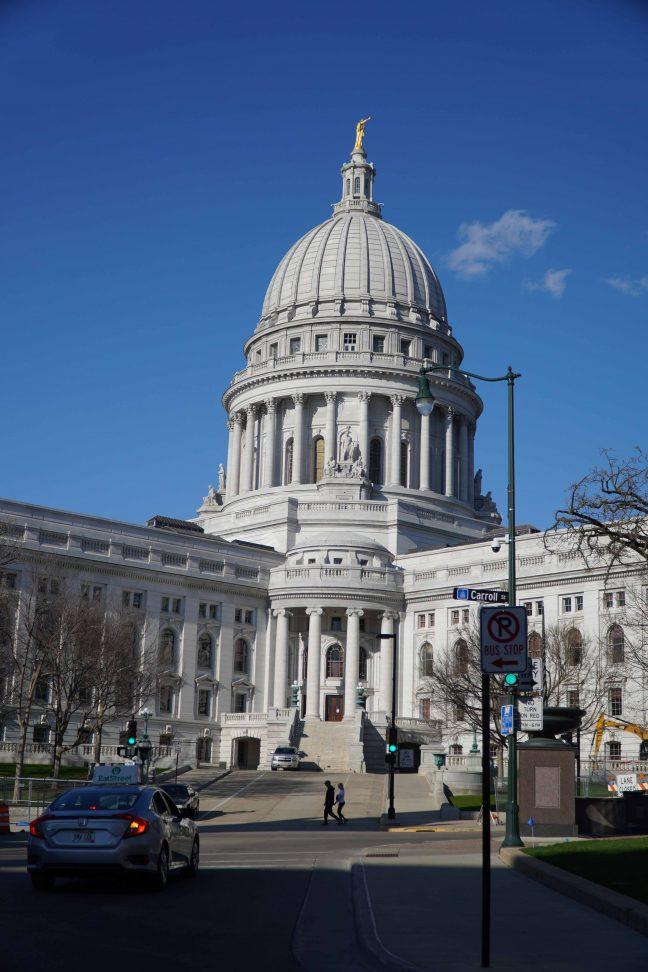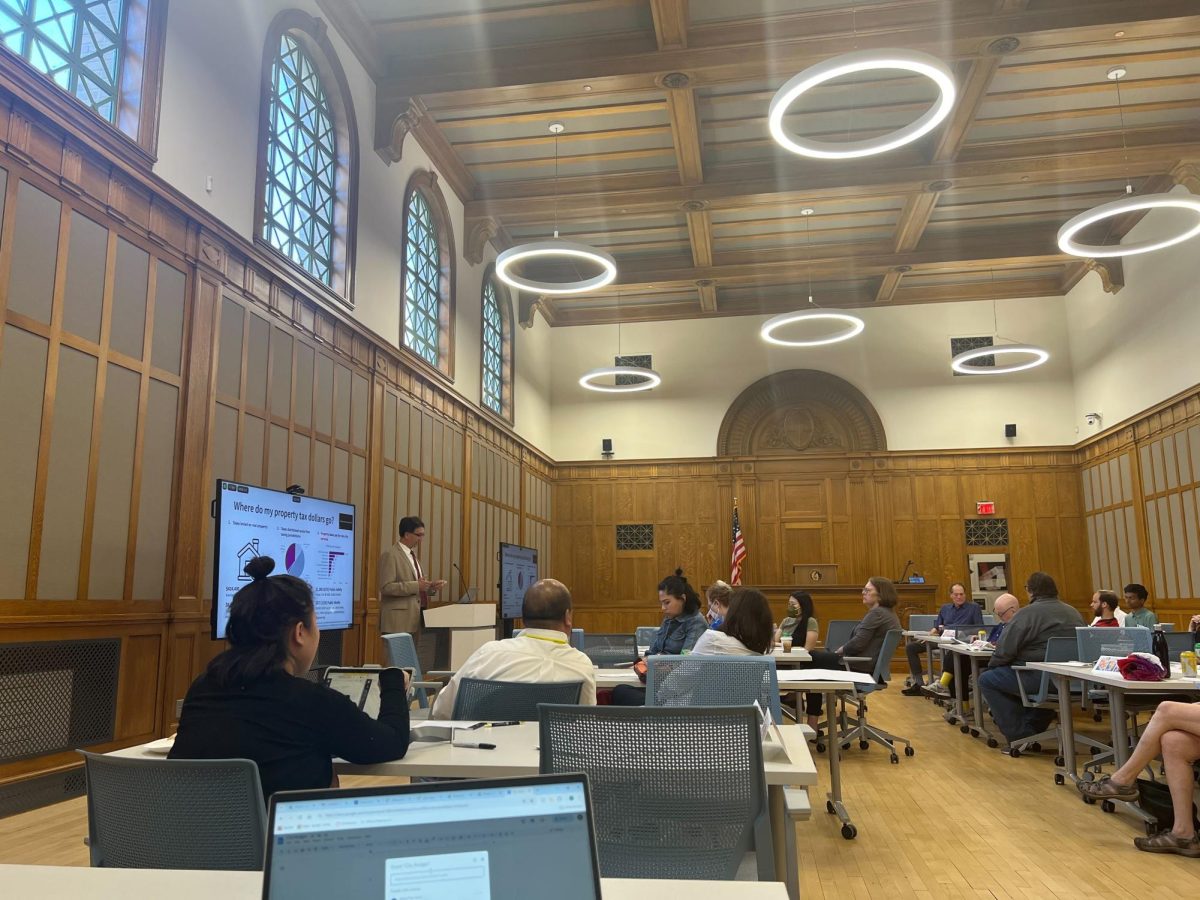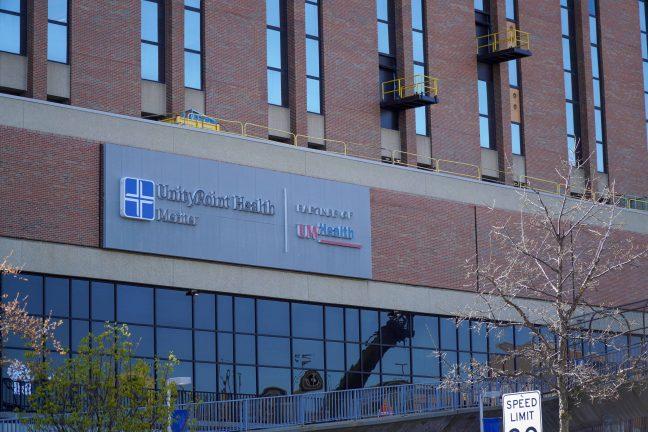The Oliv Apartments will be opened up for students to rent fall of 2024. The building, located on the corner of State Street and Gorham, will have 10% of its units at a 40% cost reduction that is prioritized for low-income students, according to Campus Area Neighborhood Association President Eli Tsarovsky.
This project is proof that citizens and the city of Madison can work together to create change, Tsarovsky said.
According to University of Wisconsin Professor of Urban Planning Kurt Paulsen, Madison is 11,000 units behind what is needed to solve the ongoing housing crisis. The Oliv building adds 386 units of housing to the downtown area, with 110 beds for low to moderate income students, according to the General Development Plan.
According to the Oliv Madison Steering Committee Report from 2021, the project is not a business venture, but an effort to address the housing issue in Madison.
“…Both co-chairs of the steering committee support this project’s Land Use
Restriction Agreement that it is not a business partnership or joint venture – all parties involved appear to make a good faith effort to increase student access to lower-cost housing,” according to the report.
Madison Rally for Our Rights shows local support of reproductive freedom
The reduced-cost housing program was created through a deal with the city of Madison, allowing developers to add two more stories to the building, according to the Land Usage Restriction Agreement between Oliv and the city of Madison.
The current height limit for buildings around the capitol building serves to preserve the view of the capitol dome, according to the 1989 Act 222 of the Wisconsin Legislature.
This height limit would mean about eight stories for the Oliv building. But in the agreement between Oliv and the city, two additional stories could be added, provided that they reserve low cost housing for students.
When the plans for Oliv were proposed in 2021, Core Spaces, the developer of the Oliv building, as well as the James and the Hub, met with CANA to discuss changes to the building plan to make sure it was going to support students and fit in well with the neighborhood, Tsarovsky said.
The low cost apartments can be rented by anyone, but low-income students are given priority. This is the result of a collaboration between Oliv and University of Wisconsin to allow for more affordable student housing in the campus area, Tsarovsky said.
Interested students would first apply for a lease at Oliv, then obtain a letter from UW’s Office of Student Financial Aid showing proof of their need, Tsarovsky said. Qualifying students would then be given priority.
Reduced cost apartments at Oliv will be guaranteed by the Land Usage Requirement Agreement between the developers and the city, according to the steering report. The owner of the building will be fined if the LURA is not adhered to, according to the agreement. There is also an expectation that the university must reach out to qualified students as well, since it is likely that most students don’t know about the program.
The contract sticks with the building no matter how many times it is bought and sold, said Professor of Urban Planning Kurt Paulsen.
Paulsen said that people want to live in a small area in the greater downtown area to be able to walk, take a bus or bike to where they need to go. This creates the massive demand in the east campus area for housing.
“Everybody needs a place to live, right?” Paulson said. “And rents are high. Interest rates are high, construction costs are high. People are feeling the pinch.”
Increasing housing downtown will help alleviate the issue, as will Bus Rapid Transit, Paulsen said. BRT will allow students and other people to live further away from the downtown area, and still be able to get there quickly without having to use a car.
Paulsen said no single policy will be able to fix the issue, but many policies over many years will.


















